Bora Bora for Women Eau de Parfum by Liz Claiborne Review
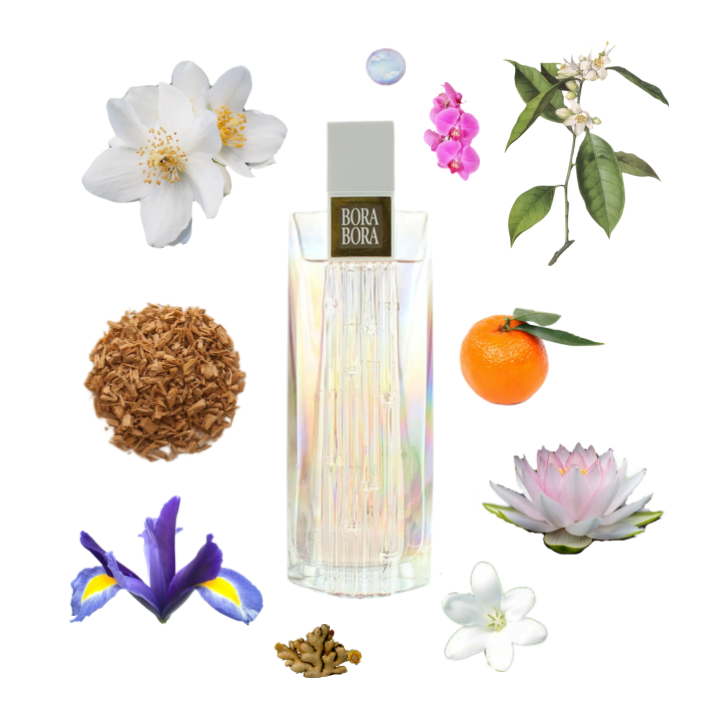
Liz Claiborne’s Bora Bora is a clean, soapy, tropical floral perfume. It feels a little aquatic, a little shampoo-ey. There’s something celebratory about it: it really does feel like some sort of tropical vacation — or, at least, a perfume worn by a woman on one.
There aren’t many clear individual floral notes I can distinguish in the floral mass of Bora Bora. An aquatic wash of water lily shapes the accord. The vague fictitious pink orchid makes up the weightiest part of that pile of vague flowery molecules. Iris lends just a hint of powder to the mix, which stays to the back and never becomes overwhelming on me. Most of all, the accord is defined by an incredibly powerful streak of soapy, screechy white tuberose.
Something about that pleasant mix of faint ginger-sandalwood warm spice, powdery iris, and orchid reminds me of the orchid-orris-sandalwood combo in Perry Ellis’ Perry Woman. It’s a rich and intoxicating combination, a mix of sweetness, woodiness, and powder that makes me swoon. Here it’s lighter and more aqueous than in Perry Woman, and is largely overshadowed by the tuberose and water lily. But it adds a warmth and texture to the heart of the fragrance that is mature and quite pleasant.
Jasmine and orange blossom? Supposedly they’re in there, but nothing really stands out to me in Bora Bora as representing either of notes. The floral bouquet mostly is just tuberose and then a bunch of vague flowery molecules bathed in shampoo-ey clean ones.
I’m grateful that there is no gratuitous musk, amber, peony, or vanilla in this. They wouldn’t have made any sense here. The departure from those notes still makes this semi-notable among its era of department store floral fragrances. Among its contemporaries, Bora Bora is a slightly unique offering. It feels fun and festive.
And it’s stood the test of time. More than twenty years on, Bora Bora doesn’t feel particularly dated. It doesn’t have that feel so many early 2000s clean florals do that date them immediately to the era. Though Bora Bora feels conservative and a little mature, it doesn’t come off as old or out-of-date. Instead, it’s simply soft and fresh, bright and clean.
The bottle design feels a little bit quintessentially early 2000s, with all its shiny champagne-colored holographic backing, crystal-clear glass, and white plastic, but it’s quite pretty nonetheless.
There’s no mandarin orange in Bora Bora to my nose, just soapy-clean tropical floral, and a really nice ginger-sandalwood I can just barely catch a whiff of. More of this base would have made is spicier and more interesting and enticing to me. It really is an intriguing and lovely combination, and I wish the base notes were more prominent here to balance out the soap with some warm spice.
It feels like a slightly interesting creative choice was made here and then promptly buried so as not to disturb the the clean-floral-loving focus groups.
As it were, this is a tuberose-dominant tropical floral perfume, without enough of anything else balancing it out to make it notable. It’s inoffensive, but it’s also nothing special.
But Bora Bora packs a powerful punch. This is a perfume you can apply the faintest trace of and it floats all around you all day. Incredibly potent projection and sillage paired with a potentially overwhelming mix of loud aquatic floral notes means one must be careful applying this one. A little goes a long way.
People seem to like comparing Liz Claiborne’s Bora Bora to Dior’s J’Adore. I’m not quite sure why. They’re both powerful aquatic florals blended by the talented Calice Becker, but that is where the similarities end.
Bora Bora is more aquatic, more tropical, heavier on the tuberose and lighter on the jasmine. It lacks the fruitiness of J’Adore, and isn’t quite as sweet. Here, somehow the subtle ginger and sandalwood seem to cut through the sweetness, leaving the florals unquestionably powerful and loud, but not at all over-sugared. Instead, they’re bold and confident and clean to the core, grounded in a little bit of woodiness. There’s no overwhelming sweetness here.
But there is a rather overwhelming quantity of tuberose. Loud, screechy, egregious tuberose. Dominant, textured, kind of synthetic feeling tuberose. Tuberose on tuberose on tuberose.
Did I mention the tuberose?
Perhaps my greatest weakness as a fragrance reviewer is I have no earthly idea how to convey what tuberose smells like. I’m not even sure I’m confident what tuberose smells like. I’ve never smelled the flower, nor the straight botanical material. It’s a note I simply tend to avoid.
My detection of tuberose relies on those same vague and aqueous instincts of many people’s detection of obscenity, as summarized by United States Supreme Court Justice Potter Stewart in Jaconellis v. Ohio: “I know it when I see it.”
That’s what tuberose comes down to for me: If you know, you know.
If you’ve smelled a tuberose-heavy perfume, you can picture what I mean. That distinctively rich, dense, creamy floral full of intense texture. It’s a little powdery, a lot honey-sweet, and, most of all, distinctively loud. I’ve never met a demure tuberose perfume in my life.
But I’m not one who tends to seek out tuberose perfumes and am thus perhaps the last person you should ask for their expertise on the matter.
I am not a tuberose lover, and thus, Bora Bora is not for me. But if you love tuberose, powerful yet unsweet aquatic florals, and perfumes that feel tropical and make you think of someplace warm, I cannot imagine a more perfect inexpensive perfume for you to try than Bora Bora.
The marketing is right on this one. It feels like a memory of a summer vacation, and it’s a great fresh floral to wear on that summer vacation without any nauseating sweetness. But beware: the punchiness of the tuberose-orchid heart can be just as difficult for some to stomach.
And you have to love that fresh and clean shampoo vibe to love Bora Bora. It’s not as egregiously soapy as something like Burberry’s Burberry Brit Sheer, but it’s getting there. If you love those sorts of perfumes, you will feel gloriously clean. If you don’t, you will feel… well, like you’re covered in shampoo.
If you like the sound of vintage tropical tuberose shampoo, check this out. If you want a more interesting, tuberose-less, clean aquatic floral from Liz Claiborne, consider Lucky You for Women instead.
Where to Find Bora Bora for Women Eau de Parfum by Liz Claiborne
You can find full bottles of Bora Bora for Women EdP at the Perfume Spot and Jomashop.
These are affiliate links. If you click on them and buy something, the seller pays me a commission, at no extra cost to you. You can learn more about them here.

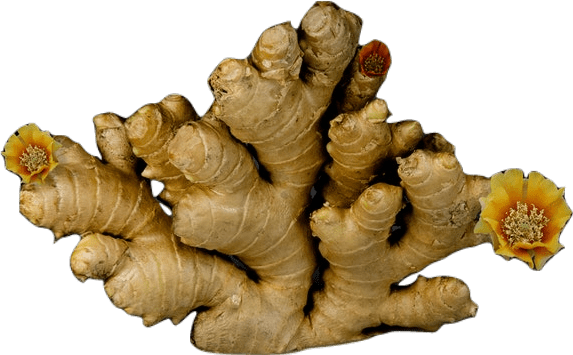
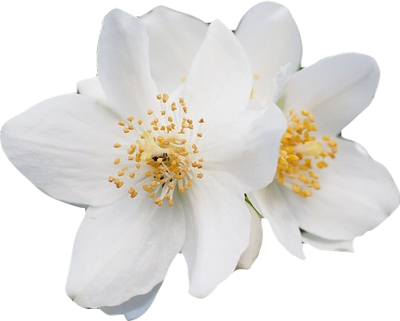
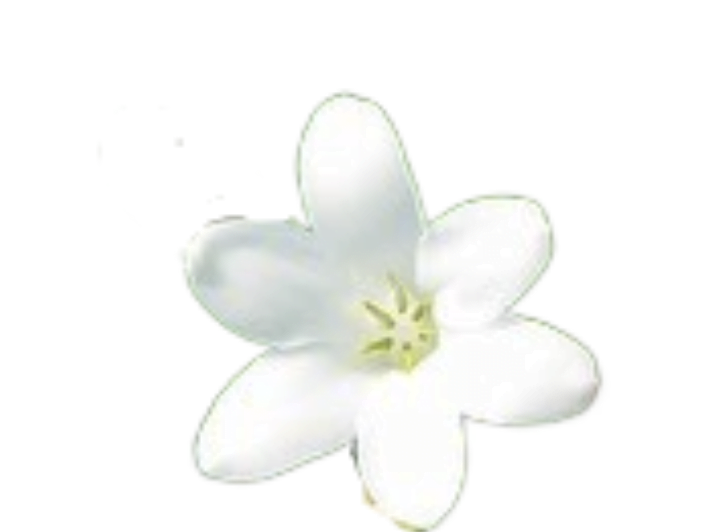
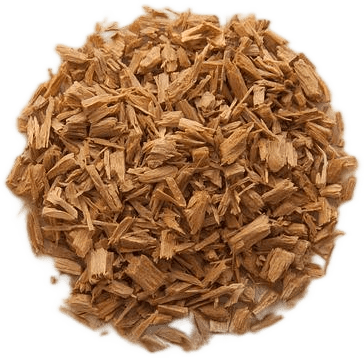
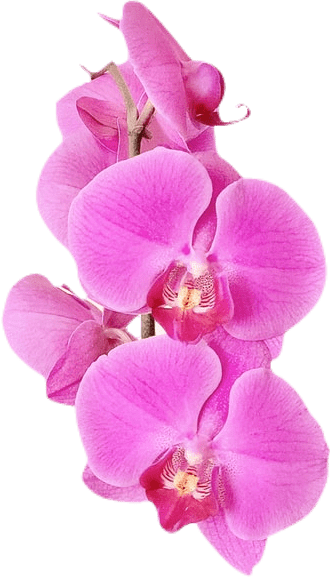


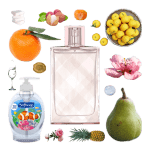
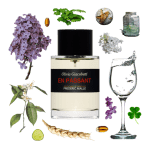
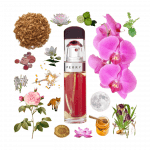
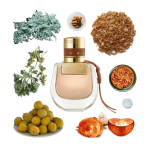
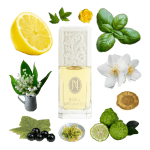
One thought on “Bora Bora for Women Eau de Parfum by Liz Claiborne Review”